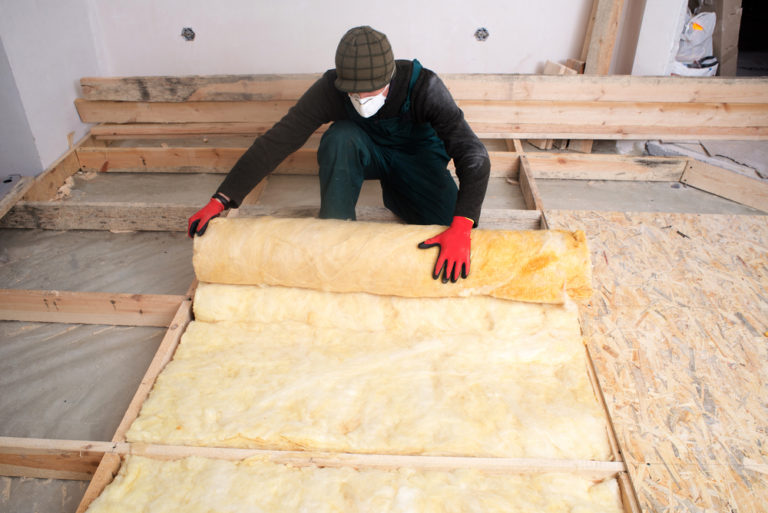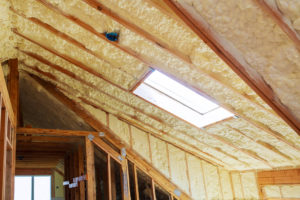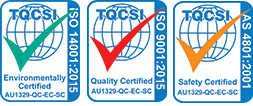
Building envelope design, materials and construction all have a large influence on heating and cooling loads in buildings. (Global Status Report, December 2017)
Contents





© Copyright 2022 TPM Builders. All rights reserved.